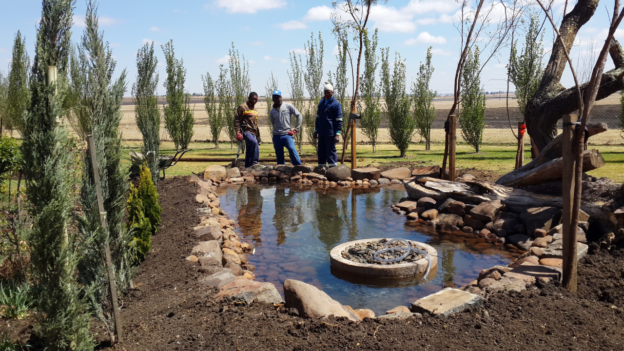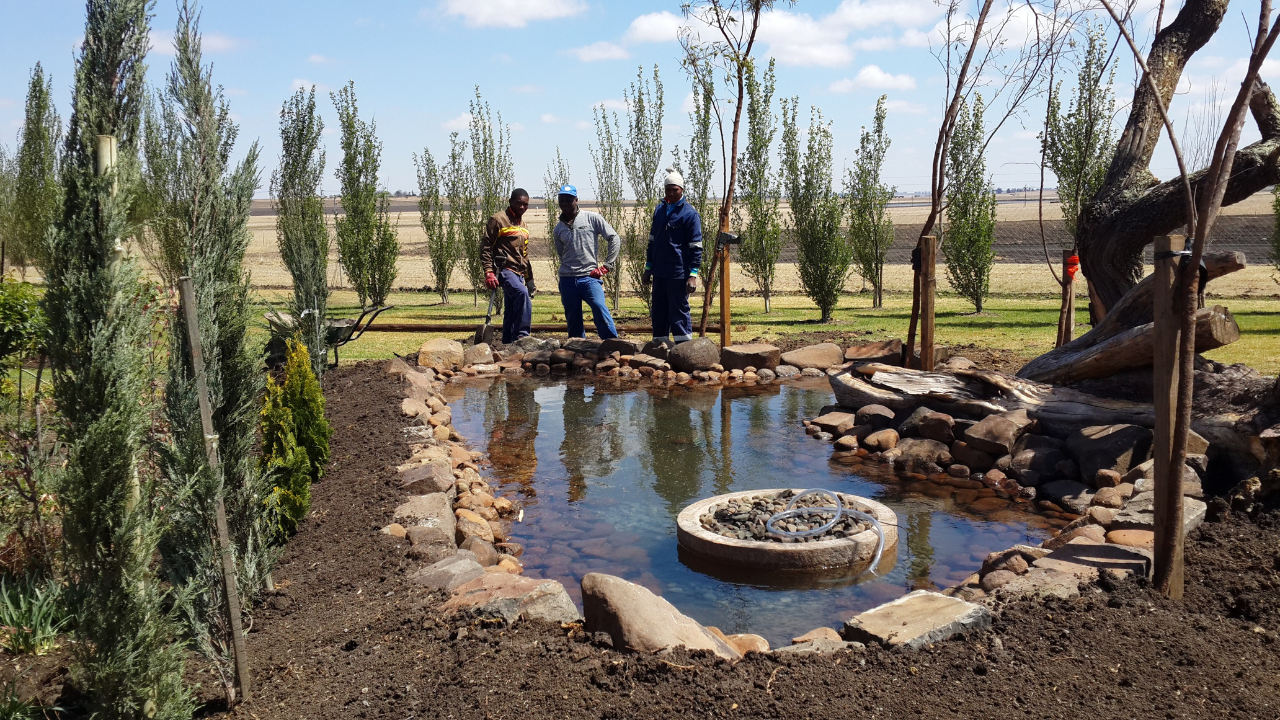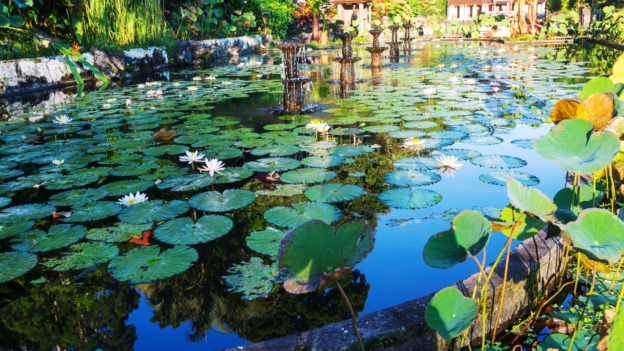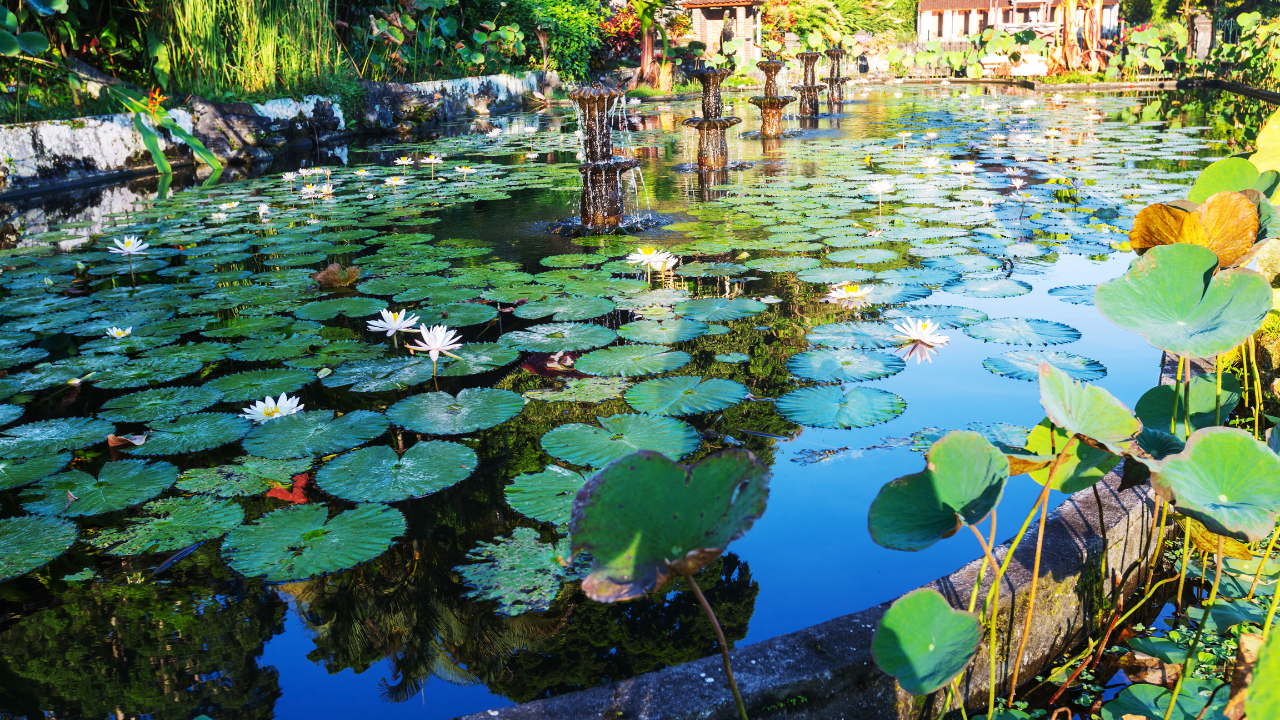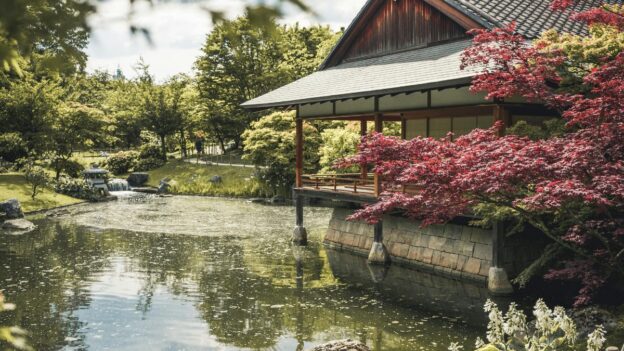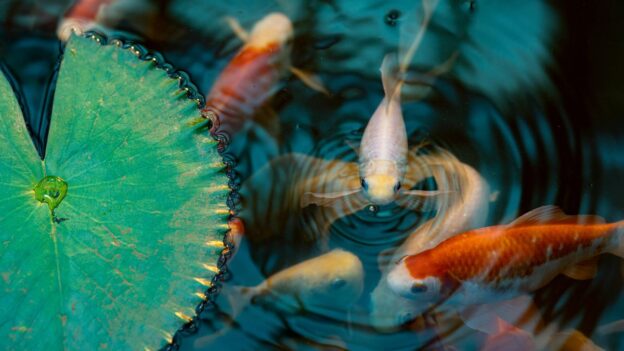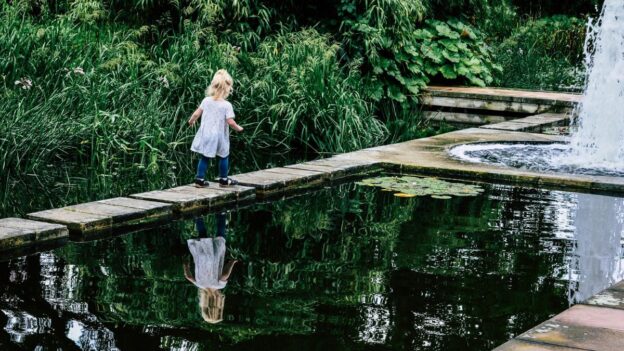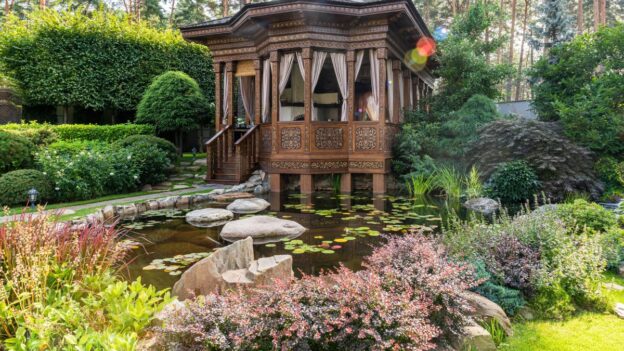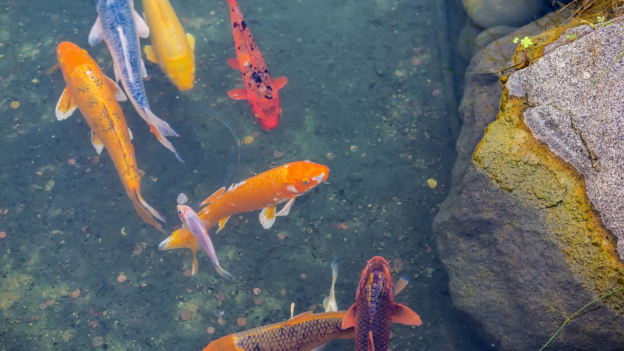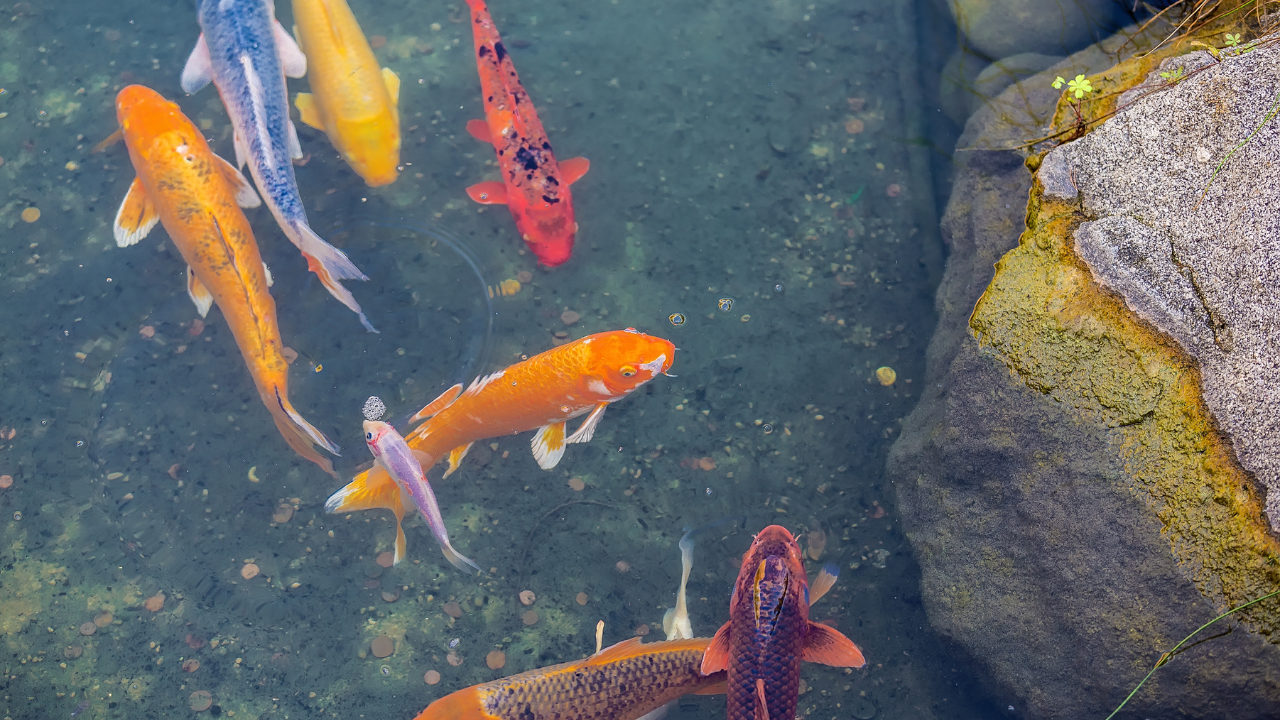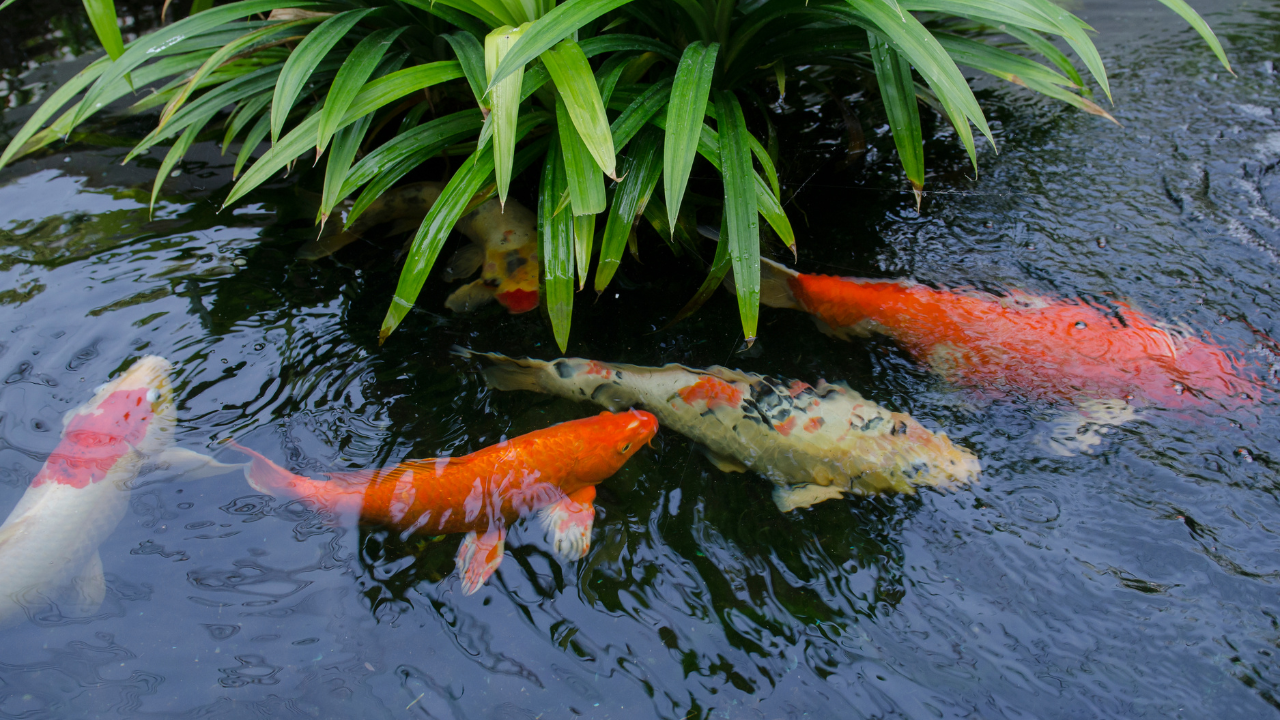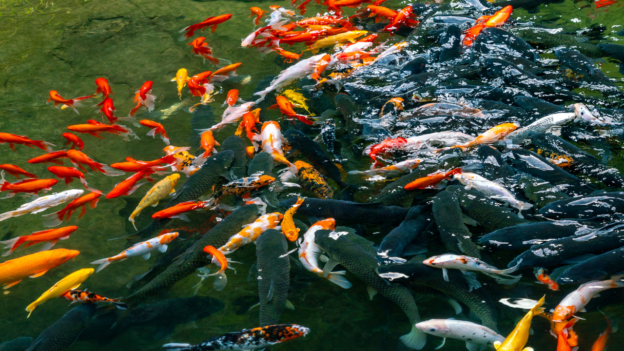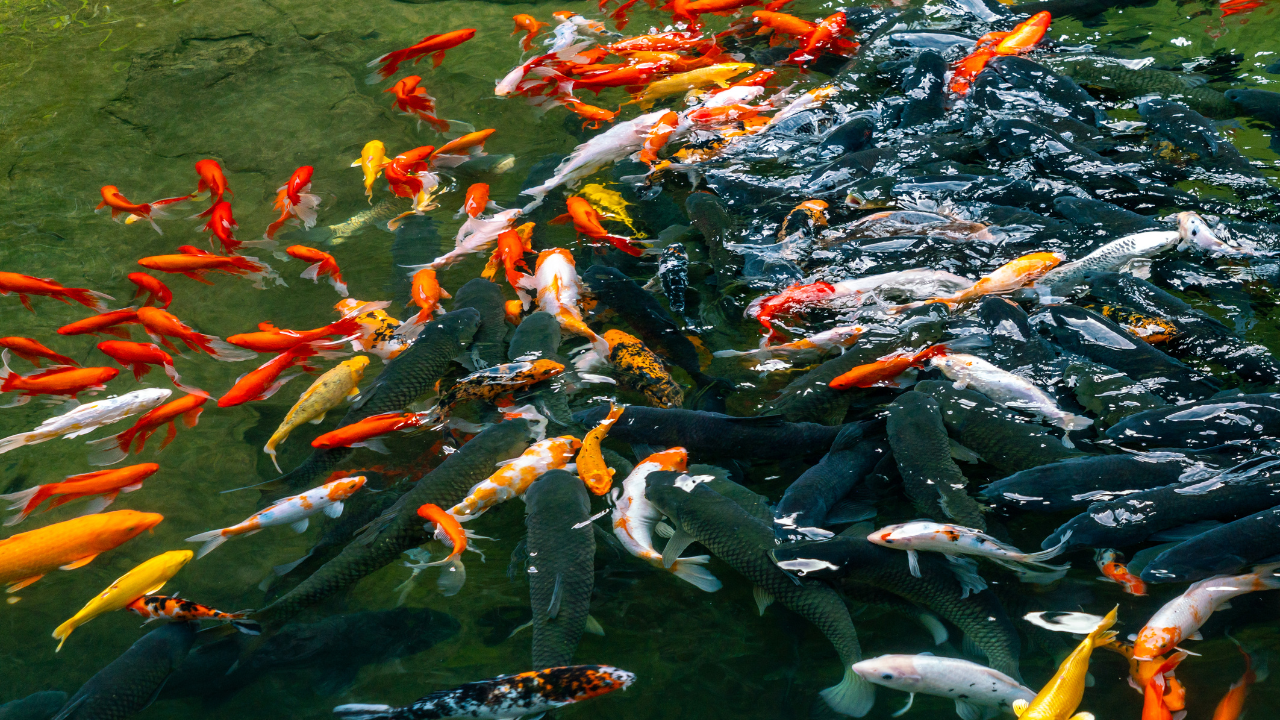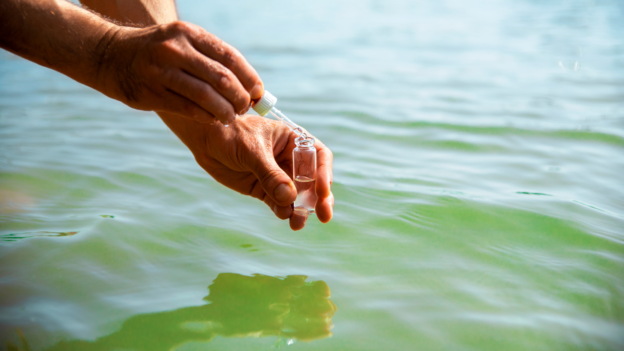Key Takeaways
- Look for signs like low water flow and strange noises.
- Regularly check seals and clean filters.
- Keep an eye on temperature; overheating is a red flag.
- Don’t ignore leaks; they can lead to bigger problems.
- Contact professionals when in doubt for expert help.
Fountain pumps are vital for maintaining the beauty and functionality of your garden fountains and ponds. They circulate water, creating a soothing ambiance and preventing stagnation. However, like any machine, fountain pumps can encounter problems.
Understanding how to identify these issues early can save you time, money, and stress. When a fountain pump malfunctions, it can lead to stagnant water, which promotes algae growth and can harm aquatic life. If you notice any unusual signs or changes in your fountain’s performance, it’s crucial to act quickly.
This guide will help you identify the signs of a malfunctioning pump and provide effective troubleshooting steps. In this blog post, we will explore common indicators that your pump may be having issues.
Below are ten detailed troubleshooting tips to help you resolve these problems. Finally, if you need additional assistance, a trusted pond and fountain repair in Orange County can help!
How Do You Know if Your Pump is Having Issues?
Low Water Flow
One of the first signs that your fountain pump may be having issues is low water level. If the water isn’t streaming out as high or as strong as before, it could indicate a blockage or that the pump is wearing out. Check the fountain’s nozzle for clogs and ensure that water is circulating properly.
Strange Noises
Listen closely to your pump while it’s running. If you hear grinding, rattling, or buzzing noises, this could mean there’s something wrong inside the pump. These sounds often indicate that parts are misaligned or worn out, which could lead to further damage if not addressed.
Water Leaks
Inspect the area around your pump for any signs of water pooling or leaking. Leaks can occur due to damaged seals or cracks in the pump casing. Even a small leak can lead to significant problems over time, so it’s essential to address this issue promptly.
Overheating
If your pump feels unusually hot when you touch it, it might be overheating. This can happen if the pump is running dry (without enough water) or if there’s a mechanical issue inside. Overheating can cause permanent damage to the motor, so it’s crucial to investigate further.
Frequent Cycling
If you notice that your pump turns on and off frequently, this could be a sign of trouble. Frequent cycling often indicates a faulty pressure switch or an issue with the float mechanism in the pond or fountain.
Dirty or Discolored Water
If the water in your backyard pond fountain appears murky or has strange colors, it may indicate a problem with the filtration system or pump operation. Dirty water can lead to algae growth and may harm fish and plants in your pond so it is better to be mindful of pond care.
Constantly Running Pump
A pump that runs continuously without stopping may have an issue with its pressure settings or float switch. This problem can lead to increased energy costs and wear on the pump itself.
Vibration
Excessive shaking or vibration from your pump can indicate alignment issues or worn-out parts. A vibrating pump not only makes noise but can also lead to further mechanical failures if not corrected.
Reduced Fountain Height
If your fountain isn’t spraying as high as it used to, check for clogs in the impeller or intake area of the pump. A reduction in spray height can significantly affect the aesthetics of your fountain.
Pump Won’t Start
If your pump doesn’t turn on at all, start by checking the power supply and connections. Ensure that everything is plugged in correctly and that there are no blown fuses before considering more serious issues.
How to Troubleshoot Your Fountain Pump Issues?
Check Power Supply
The first step in troubleshooting is ensuring that your pump is receiving power. Check if it’s plugged in properly and confirm that there’s power at the outlet by plugging in another device.
Inspect for Blockages
Look for leaves, dirt, or debris blocking the intake of the pump. Clear any obstructions to ensure proper water flow through the system.
Clean the Impeller
The impeller is crucial for pumping water effectively. Remove the impeller cover and clean out any dirt or algae that may be stuck inside. A clean impeller will improve performance significantly.
Check for Air Bubbles
Sometimes air bubbles can get trapped inside the pump, causing it not to work correctly. To fix this issue, tilt the pump underwater while it’s running to release trapped air bubbles.
Examine Seals and Gaskets
Inspect all seals and gaskets for signs of wear or damage. If you find any cracks or tears, replace them immediately to prevent leaks from occurring.
Flush Plumbing
Disconnect fittings above the check valve and flush out any clogs in the plumbing system using a hose or pressurized water source.
Test Different Outlets
If your pump isn’t working after checking everything else, try plugging it into another outlet to see if it functions there; this helps identify potential electrical issues.
Look for Wear and Tear
Inspect all parts of your pump for signs of wear such as cracks, rust, or corrosion. Replace any damaged components promptly to ensure optimal performance.
Monitor Temperature
Keep an eye on how hot the pump gets while running; excessive heat can indicate problems with circulation or internal components failing.
Call a Professional
If you’ve tried all these troubleshooting steps and still face issues with your fountain pump, don’t hesitate to contact a professional service like Orange County Pond & Fountain Care for expert assistance.
Call Orange County Pond & Fountain Care for Custom Services
At Orange County Pond & Fountain Care, we understand how important your fountain is to your outdoor space’s beauty and tranquility.
Our experienced pond and fountain repair Orange County team provides expert services tailored specifically to meet your needs – whether it’s routine maintenance or emergency repairs.
We offer comprehensive services including cleaning, repairs, and upgrades to keep your fountain looking its best year-round. Our skilled technicians are knowledgeable about all types of pumps and fountains, ensuring that we can diagnose problems quickly and effectively.
Browse through our pond fountain parts and supplies in Orange County and see what we offer!
